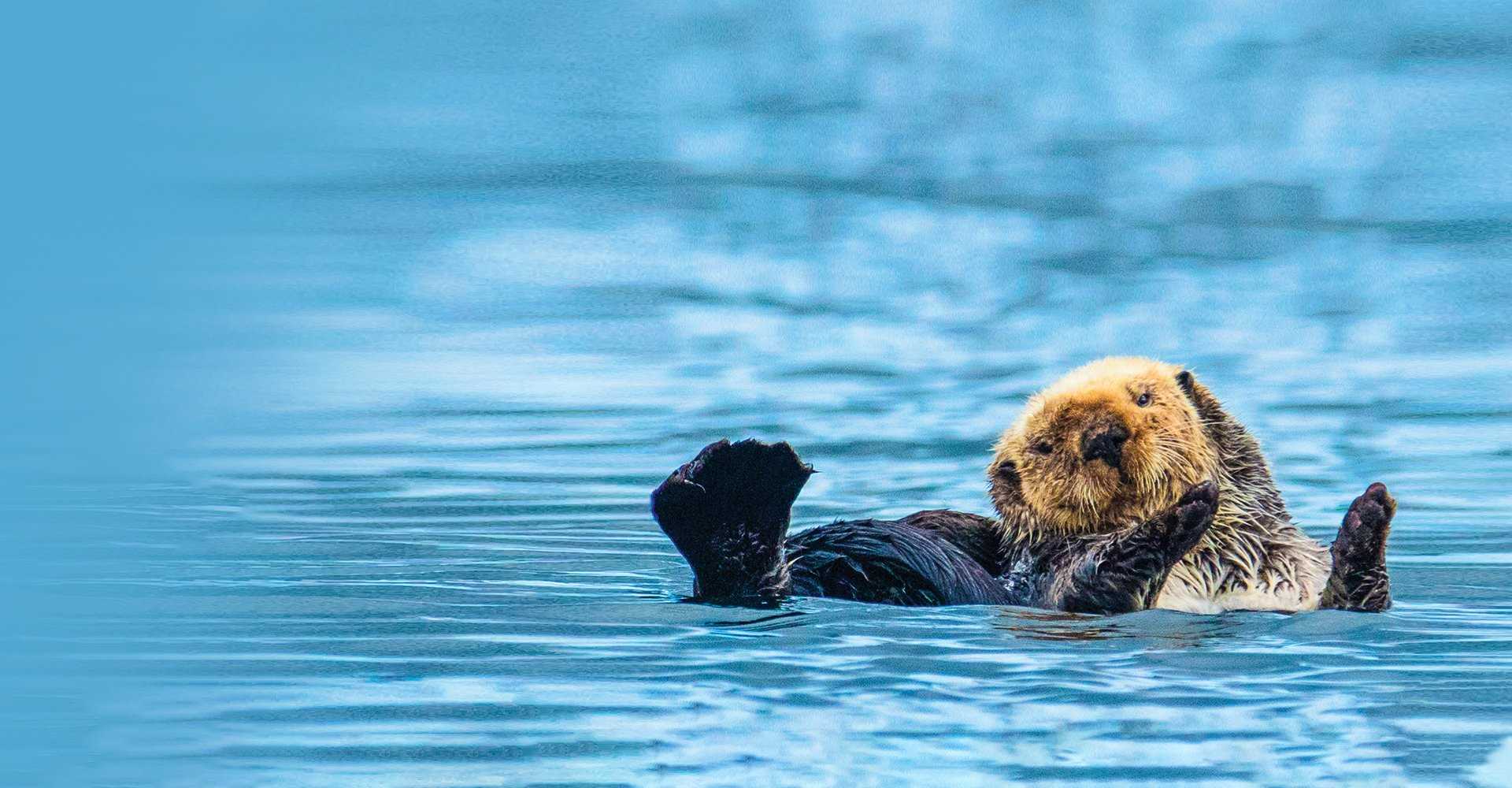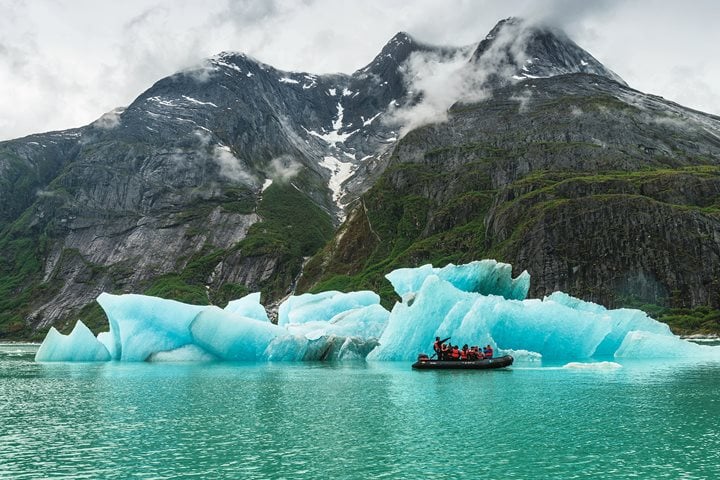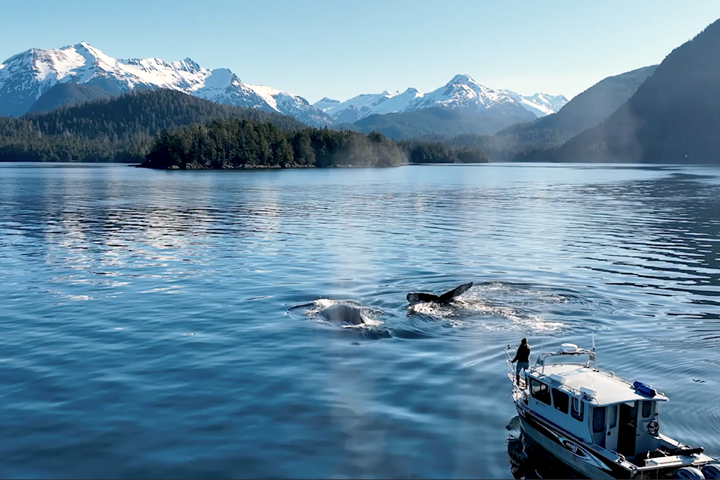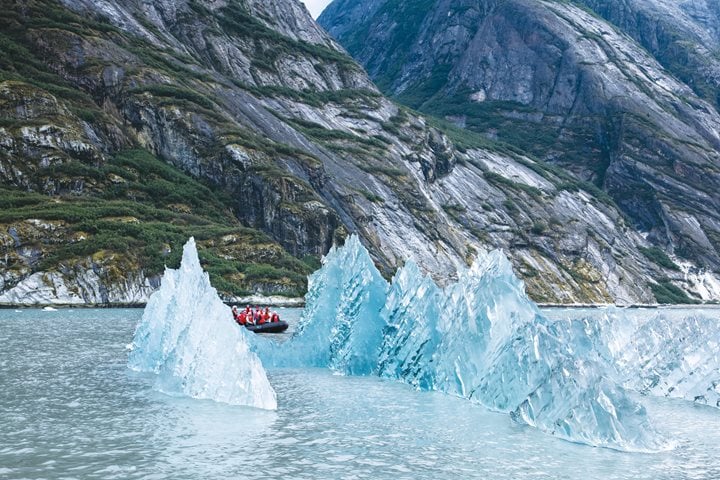Sea otters may just look like cuddly little creatures happily bobbing around the water with a fishy meal on their bellies, but all that cuteness is actually very serious business. Known as a keystone species, sea otters are vital to the health of their kelp forests homes. Kelp helps keep our air clean, it protects our shores from storm surge, and it provides for a variety of marine life. Unfortunately, it’s a favorite food of sea urchins, which decimate the forests leaving underwater wastelands in their wake.
Get Inspired by Photos, Videos, Webinars, Stories, and Exclusive Offers.
Sign Up
Enter the otters! These eating machines consume up to 25% of their body weight to stay warm in chilly Pacific waters—and they love to snack on sea urchins. That helps keep the populations of these spiny pests in check. In fact, when sea otter populations plummeted in the 1700 and 1800s—they were once hunted almost to extinction for their beautiful pelts—kelp forests suffered greatly. Luckily, sea otter hunting was banned internationally in 1911, and otter populations slowly began to recover.
Today, you’ll find them where kelp forests flourish, floating on their backs and wrapping themselves and their pups in the giant seaweed to anchor in one spot while they eat, groom, or rest. Sometimes rafts of otters, or groups of up to 100, will even link arms or hold paws as they bob together on their backs in the kelp.
Scroll for more facts about this keystone species.









